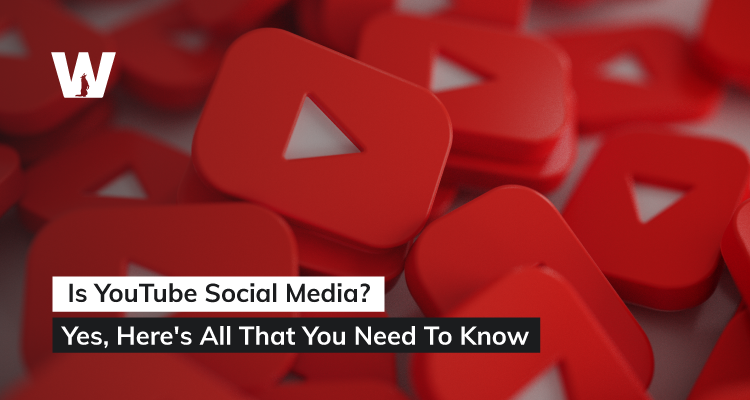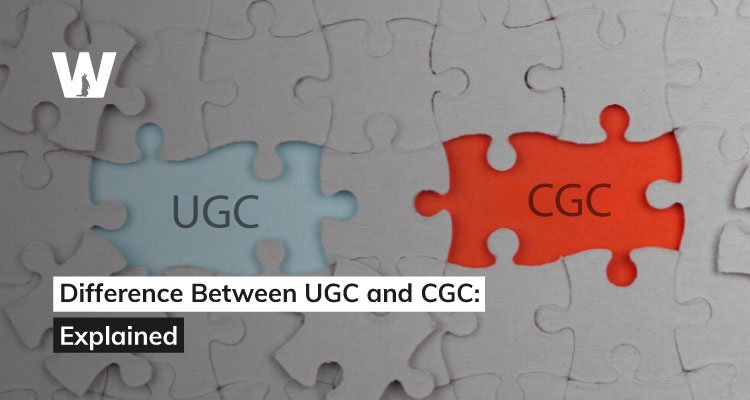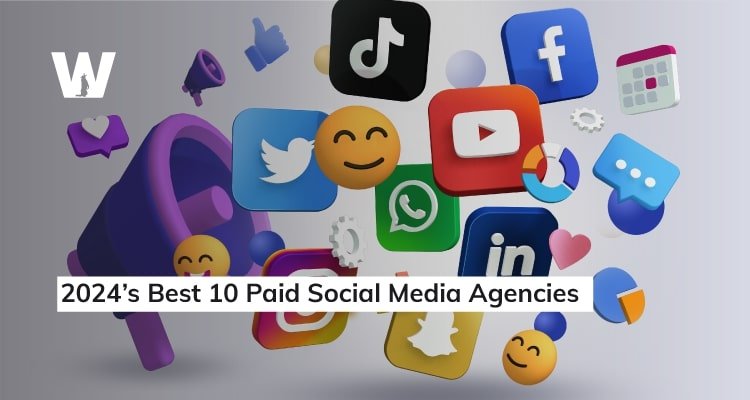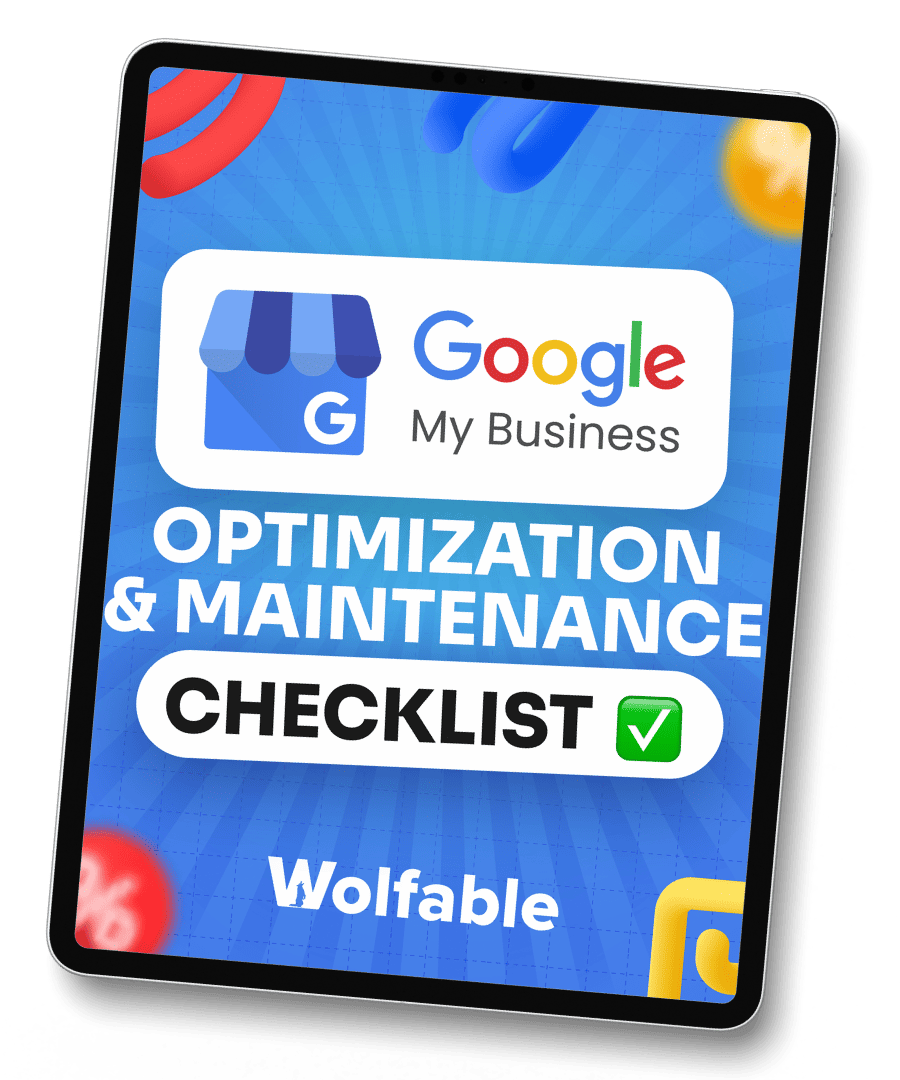Wraps up in 8 Minutes
Have you ever wondered if the platform where you watch your favorite cat videos, music performances, and DIY tutorials is actually a social media site?
With over 2 billion monthly active users, YouTube has become an integral part of our digital lives.
But is it just a video-sharing platform, or does it qualify as social media?
In this post, we have everything you need to know about YouTube, and how to this social media platform’s features to grow your business or personal brand.
Is YouTube Social Media?
Before we dive into the specifics of YouTube, let's first understand what we mean by "social media."
At its core, social media refers to web-based platforms that allow users to create, share, and interact with content and each other. These platforms typically feature user profiles, the ability to connect with others, and ways to engage with content through likes, comments, or shares.
Now, you might be thinking, "But YouTube is just for watching videos, right?" Well, not quite.
While video content is certainly at the heart of YouTube, the platform has evolved to include many features that are hallmarks of social media sites.
Think about it — you can create a channel (your profile), subscribe to other channels (connecting with others), like and comment on videos (engaging with content), and even share videos across other platforms. Sounds pretty social, doesn't it?
Many people still think of YouTube as just a video-sharing platform, and that's understandable. After all, that's how it started. But as we'll see, YouTube has grown into much more than that. It's a place where communities form, discussions happen, and content creators can build real relationships with their audience.
So, while YouTube might not look exactly like Facebook or Twitter, it definitely qualifies as social media. And in the next sections, we'll explore how it got there and why it fits the bill.
Evolution of YouTube as a Social Media Platform
To truly understand YouTube's place in the social media industry, we need to take a trip down memory lane.
YouTube wasn't always the social powerhouse it is today. Let's look at how it evolved.
Back in 2005, three former PayPal employees created YouTube as a simple video-sharing website.
The idea was to make it easy for people to upload, share, and view videos online. Little did they know that they were laying the foundation for one of the most influential platforms of our time.
As YouTube grew, it started adding features that made it more social. In 2006, it introduced channels, allowing users to create their own space on the platform.
This was quickly followed by the ability to subscribe to channels, letting users keep up with their favorite content creators.
Comments and likes came next, giving viewers a way to engage directly with the content and its creators. This was a game-changer, turning YouTube from a one-way broadcasting platform into a space for two-way communication.
In 2007, YouTube launched its Partner Program, allowing content creators to monetize their videos. This transformed YouTube from a hobby site into a potential career platform, attracting more creators and fostering the growth of YouTube communities.
YouTube's integration with Google+ in 2013 (although later discontinued) was another step towards becoming more social, allowing for easier sharing and commenting using Google accounts.
More recently, YouTube introduced the Community tab, giving creators a way to interact with their audience beyond video content. They can post updates, polls, images, and more, further enhancing the social aspect of the platform.
Through these changes, YouTube has transformed from a simple video repository into a vibrant social platform.
Today, it's a place where people don't just watch videos, but interact, engage, and build communities around shared interests.
Different Types of Social Media (And Which Category Does YouTube Belong)
Now that we've established YouTube's social credentials, let's look at how it fits into the broader social media industry.
Social media platforms come in various flavors, each with its own focus and features.
Below, we'll explore four main types and see where YouTube fits in.
Type 1. Networking Social Media Platforms
These are what most people think of when they hear "social media." Platforms like Facebook and LinkedIn fall into this category. Their primary purpose is to connect people and help them build and maintain relationships online.
While YouTube isn't primarily a networking platform, it does have some networking elements. You can subscribe to channels, which is similar to following someone on other platforms.
However, YouTube's focus is more on content than on personal connections.
Type 2. Communicative Social Media Platforms
Platforms like WhatsApp and Telegram are all about communication.
They're designed to make it easy for people to chat, call, and share media with each other.
YouTube isn't primarily a communication platform, but it does have communicative features. You can leave comments on videos and reply to other comments.
Live streaming also allows for real-time communication between creators and viewers.
Type 3. Video-Sharing Social Media Platforms
This is where YouTube really shines. Along with platforms like TikTok and Instagram Reels, YouTube's primary purpose is to share video content.
But YouTube stands out in this category due to its longevity, the variety of content it hosts, and the depth of engagement it allows.
Unlike shorter-form platforms, YouTube accommodates videos of various lengths, from quick 15-second Shorts to feature-length films.
This versatility, combined with its robust creator tools and monetization options, makes YouTube unique in the video-sharing social media landscape.
Type 4. Social Discussion Social Media Platforms
Platforms like Reddit and Quora focus on fostering discussions around various topics.
While this isn't YouTube's primary function, it does incorporate elements of social discussion.
Video comment sections often become spaces for lively debates and discussions.
The Community tab also allows creators to start conversations with their audience. Some channels even build their content around discussing and reacting to comments from previous videos.
As you can see, YouTube doesn't fit neatly into just one category. It's primarily a video-sharing platform, but it incorporates elements from all these types of social media. This hybrid nature is part of what makes YouTube so powerful and versatile as a social media platform.
Reasons Why is YouTube Considered a Social Media Platform
There are four main reasons why YouTube is considered social media.
Reason 1. Interactive Content
YouTube is far from a passive viewing experience. Every video you watch comes with a suite of interactive features that encourage engagement.
First, there are the classic like and dislike buttons. These simple tools allow you to quickly express your opinion on a video.
But YouTube takes it a step further with the comment section. Here, you can share your thoughts in detail, engage in discussions with other viewers, and even interact directly with the content creator.
The share button is another key social feature. With just a click, you can spread a video across other social platforms or send it directly to friends.
Furthermore, live streaming adds another layer of interactivity. During a live stream, you can chat in real time with the creator and other viewers, creating a sense of shared experience and community.
Finally comes the YouTube Shorts. This particular feature, similar to TikTok or Instagram Reels, allows for quick, easily digestible content that's perfect for social sharing and interaction.
Reason 2. Free User-Generated Content
One of the defining features of social media is that the users themselves create the content. YouTube embodies this principle perfectly.
Anyone with a camera and an internet connection can become a YouTube creator. From individuals sharing their daily lives to businesses promoting their products, from educational institutions offering free lectures to artists showcasing their work - YouTube is a platform for all.
This democratization of content creation is a key aspect of social media.
It breaks down the barriers between content producers and consumers, allowing for a more diverse and dynamic content ecosystem.
Unlike traditional media platforms where content is curated and controlled by a select few, YouTube puts the power in the hands of its users.
This user-generated approach fosters creativity, encourages diverse perspectives, and allows niche interests to find their audience.
Reason 3. Lets You Build a Community
Community building is at the heart of social media, and YouTube offers numerous ways to create and nurture communities.
The subscriber model is central to this. When you subscribe to a channel, you're essentially joining that creator's community.
You'll see their new videos in your feed and can choose to receive notifications, keeping you connected to their content.
For creators who want to offer more to their most dedicated fans, there's the channel membership feature. This allows viewers to support their favorite creators financially in exchange for perks like custom emojis, exclusive content, or members-only live streams.
Apart from these, features like Super Chat during live streams allow viewers to have their messages highlighted, fostering a sense of direct connection with the creator.
All these features combine to make YouTube a powerful platform for building and nurturing communities around shared interests, whether that's cooking, gaming, education, or any other topic you can imagine.
Reason 4. Lets You Run Ad Campaigns
Like other major social media platforms, YouTube offers robust advertising options.
This is another key factor that places it firmly in the social media category.
YouTube's advertising platform is integrated with Google Ads, offering a wide range of targeting options. You can target ads based on demographics, interests, search history, and more.
In addition, the platform offers various ad formats, from skippable and non-skippable in-stream ads to bumper ads and sponsored cards. This variety allows advertisers to choose the format that best suits their goals and budget.
Moreover, YouTube's nature as a video platform makes it ideal for engaging, visual advertisements.
Many brands use YouTube not just for traditional ads, but also for longer-form branded content and influencer partnerships.
In short, brands can partner with YouTube creators to reach their engaged audiences, much like they would with influencers on other social platforms.
How to Leverage YouTube to Grow Your Business
Now that we've established YouTube's social media credentials, let's look at how you can use this powerful platform to grow your business.
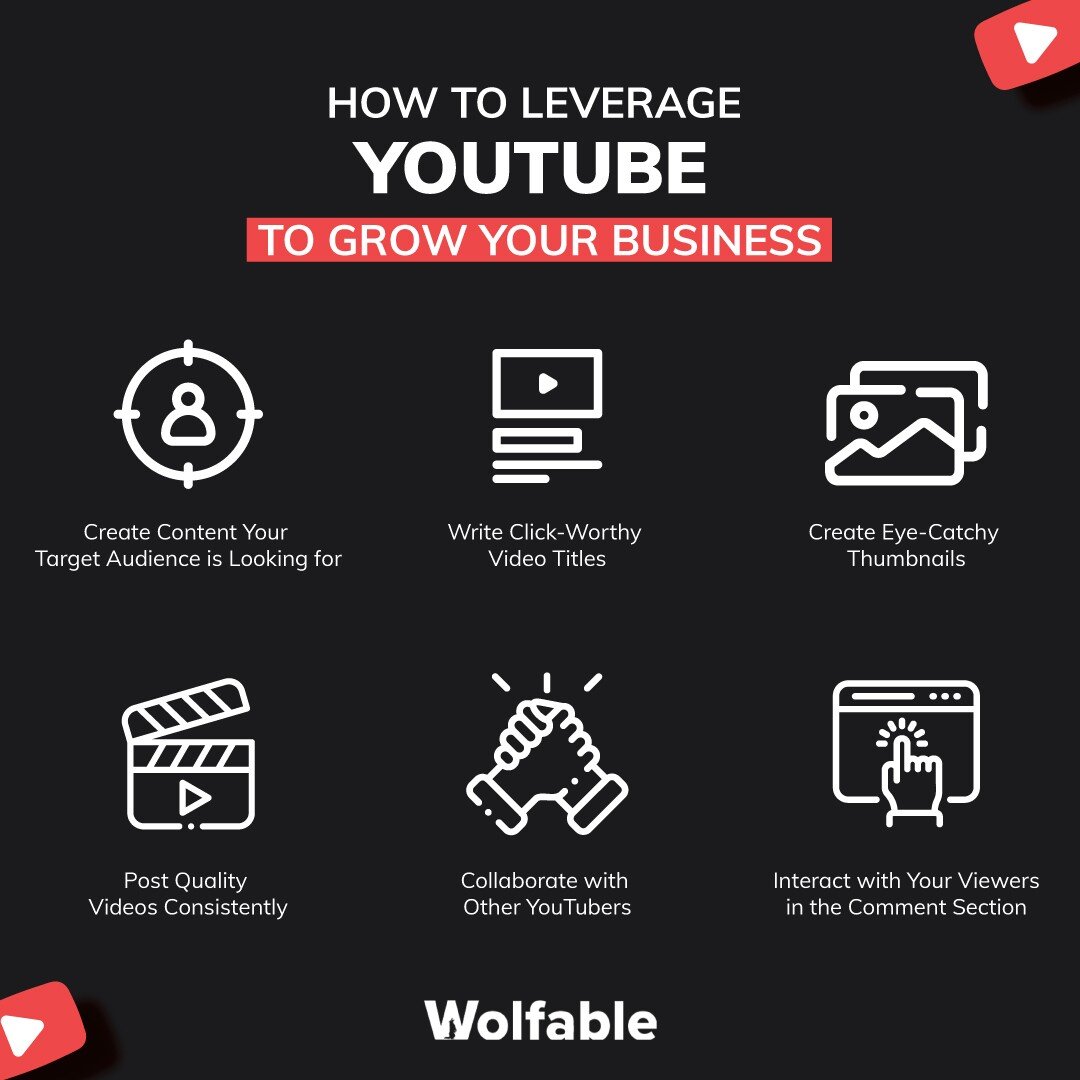
1. Create Content Your Target Audience is Looking for
The first step to YouTube success is creating content that resonates with your target audience.
But how do you know what they want? Here are a few strategies:
- Use YouTube Analytics: If you already have a channel, dive into your analytics. Look at which videos perform best when your audience is most active, and what keeps them watching.
- Keyword Research: Use tools like Google Keyword Planner or TubeBuddy to find popular search terms in your niche. This can give you ideas for video topics that people are actively searching for.
- Check Out the Competition: Look at successful channels in your niche. What kind of content are they creating? How can you put your own spin on popular topics?
- Balance Trending and Evergreen: Try to mix timely, trending topics with evergreen content that will be relevant for a long time. This gives you short-term views and long-term stability.
Remember, your end goal is to create video content that not just entertains but provides real, meaningful value to your audience.
Whether that's entertainment, education, or inspiration, make sure your videos serve a purpose for your viewers.
2. Write Click-Worthy Video Titles
As you already know, your video title (and your thumbnail) are often the first things your target audience sees on YouTube. This is why it needs to be intriguing enough to make them want to click, while also accurately representing your content.
Here are some tips:
- Use Keywords: In every video’s title, make sure to add your primary target keyword to help your video show up in search results.
- Create Curiosity: Pose a question or hint at an interesting outcome to pique viewers' interest.
- Be Clear : While curiosity is good, don't be so vague that people don't know what your video is about.
- Keep it Concise: YouTube displays about 60 characters of your title in search results, so put the most important information upfront.
- A/B Test : If you're not sure which title works best, try creating two versions and see which performs better.
Remember, while it's important to attract clicks, avoid clickbait tactics that mislead viewers.
This can lead to quick abandonment of your video and hurt your channel in the long run.
3. Create Eye-Catchy Thumbnails
In YouTube's visual environment, your thumbnail is your video's movie poster. It needs to stand out and give viewers a reason to click.
Here's how to create effective thumbnails:
- Use High-Quality Images: Your thumbnail should be clear and easy to understand, even when small.
- Include Text: A few words can help explain what your video is about, but don't overcrowd the image.
- Show Emotion: If your thumbnail includes a person, choose an image with an expressive face to create an emotional connection.
- Use Contrasting Colors: This helps your thumbnail pop in a sea of other videos.
- Stay On-Brand : Develop a consistent style for your thumbnails to make your videos instantly recognizable.
There are many tools you can use to create thumbnails, from simple options like Canva to more advanced tools like Adobe Photoshop.
Ideally, you should use the one that fits your skill level and stick with it to maintain consistency.
4. Post Quality Videos Consistently
Consistency is key on YouTube, both in terms of posting schedule and video quality.
Here's what you need to know:
- Define "Quality" for Your Niche: High production value is great, but it's not the only measure of quality. For some niches, authenticity matters more than polish.
- Set a Realistic Schedule: Whether it's once a week or once a month, choose a posting schedule you can stick to.
- Use a Content Calendar: Plan your content in advance to avoid last-minute scrambles.
- Invest in Good Equipment: You don't need top-of-the-line gear, but a decent camera and microphone can significantly improve your video quality.
- Stay On-Brand Learn Basic Editing : Good editing can make a big difference in the average watch time of your videos.
Good editing can make a big difference in the average watch time of your videos.
So, find the balance that works for you and your audience.
5. Collaborate with Other YouTubers
Collaboration with other YouTube creators can be a great way to grow your channel and reach new audiences.
Here's how to make the most of collaborations:
- Find Suitable Partners: Look for creators in your niche with a similar audience size.
- Reach Out Professionally: When approaching potential collaborators, be clear about what you're proposing and what's in it for them.
- Choose the Right Format: Collaborations can take many forms, from guest appearances to joint projects. Choose a format that makes sense for both channels.
- Cross-Promote: Make sure to promote the collaboration on both channels to maximize its reach.
- Learn from Each Other: Use collaborations as an opportunity to learn new skills and techniques from your fellow creators.
Collaborations can bring fresh energy to your channel and help you tap into new audiences.
Just make sure any collaboration you do feels authentic and valuable to your viewers.
6. Interact with Your Viewers in the Comment Section
Engagement is crucial on YouTube, and the comment section is where much of that engagement happens.
Here's how to make the most of it:
- Respond to Comments: Try to reply to as many comments as possible, especially in the first few hours after posting a video.
- Ask Questions: Encourage more comments by asking viewers questions in your videos and pinning a comment with the question.
- Use Comments for Ideas: Pay attention to what your viewers are saying. Their comments can be a great source of ideas for future videos.
- Handle Negative Comments Gracefully: Don't ignore negative comments, but don't get into arguments either. Respond professionally or not at all.
- Highlight Good Comments: Use the "Heart" feature to highlight particularly good comments, encouraging more thoughtful engagement.
Remember, building a community takes time and effort. But by consistently engaging with your viewers, you can create a loyal audience that will support your channel's growth.
Conclusion
So, yes YouTube is a social media and YouTube has grown from a simple video site to a big social media platform. It's now a place where people can connect, build communities, and grow businesses.
YouTube keeps changing and adding new ways for people to interact. This makes it a great time to start using YouTube for your brand or business.
If you want to make the most of YouTube, Wolfable can help. We're a top digital marketing agency, and we're known for our excellent YouTube SEO services and video marketing services. Our team knows all about creating videos that get attention and building loyal followers on YouTube.
Don't wait to get started on YouTube - your future fans are out there! Let Wolfable guide you in making awesome videos and growing your YouTube presence. With our help, you can become a YouTube star in no time.
Ready to take your YouTube game to the next level? Contact Wolfable today and let's start creating amazing content together!


